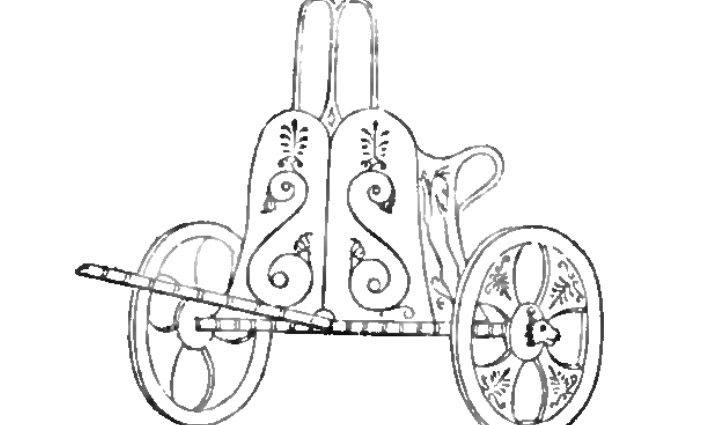<![CDATA[Archaeologists have uncovered an old world burial site that is said to date back to the Early Bronze Age in South Caucasus, Georgia. According to reports, this Bronze Age burial site was intended for a powerful chief of the time. A number of of human remains, chariots and gold artifacts were found in this burial site. Zurab Makharadze – the expert heading the Centre of Archaeology at the Georgian National Museum – believes that this burial site dated back to more than 4000 years to an era that is known as the Early Bronze Age and it would have been intended for a chief. This timber burial chamber is located within a mound that rises to a height of 39 feet and is known as the kurgan. According to the presentation given by Makharadze at the University Basel in Switzerland, the archaeologists who reached this chamber found a number of treasures within the site, including gold and two chariots, each chariot having four wooden wheels. Other ornaments made of clay and wood, leather artifacts, textile artifacts, wooden armchairs, amber beads, artistically crafted jewelry and flint and osbitian arrowheads were also found within this Bronze Age burial site. According to Makharadze, the chariots contained in the burial chamber were in good condition and boasted of a design that represented great ornamental details of different styles. Makharadze also mentioned that the chamber contained wild fruits. The human remains found on the site had been disturbed by what scientists believe was a robbery that occurred in the ancient times. All remains were found in a disordered position, however, scientists have been able to discern the remains of 7 people from the burial site, one set of remains belonging to the chief and the rest to his family, servants or slaves. What makes this discovery so special is that the burial site predates the time when the first domesticated horse was found in the area. Even though no animal remains were found next to the chariots, Makharadze believes that oxen were used to pull them. According to Makharadze’s statement, made to the College de France located in Paris in February 2014, other ancient burial sites that contain remains of rich kurgans and date back to the 2nd half of the 3rd millennium B.C. have also been uncovered in the region of South Caucasus. This leads to theories that interactions between the nomadic tribes from the Eurasian steppes and the farming communities located in and around South Caucasus were present. It is these interactions that seem to have allowed certain individuals like this Bronze Age chief to gain enough influence to receive elaborate burials. The armchair that was discovered at the site also showcases the kind of power individuals like the chief had. Scientists believe that armchairs were used to demonstrate power in the Early Bronze Age and that it was put in the kurgan as a sign of the chief’s power. The kurgan was first uncovered in the year 2012 close to the Lagodekhi municipality, eastern Georgia. ]]>
Chariots and Gold Found in a Bronze Age Burial Site
